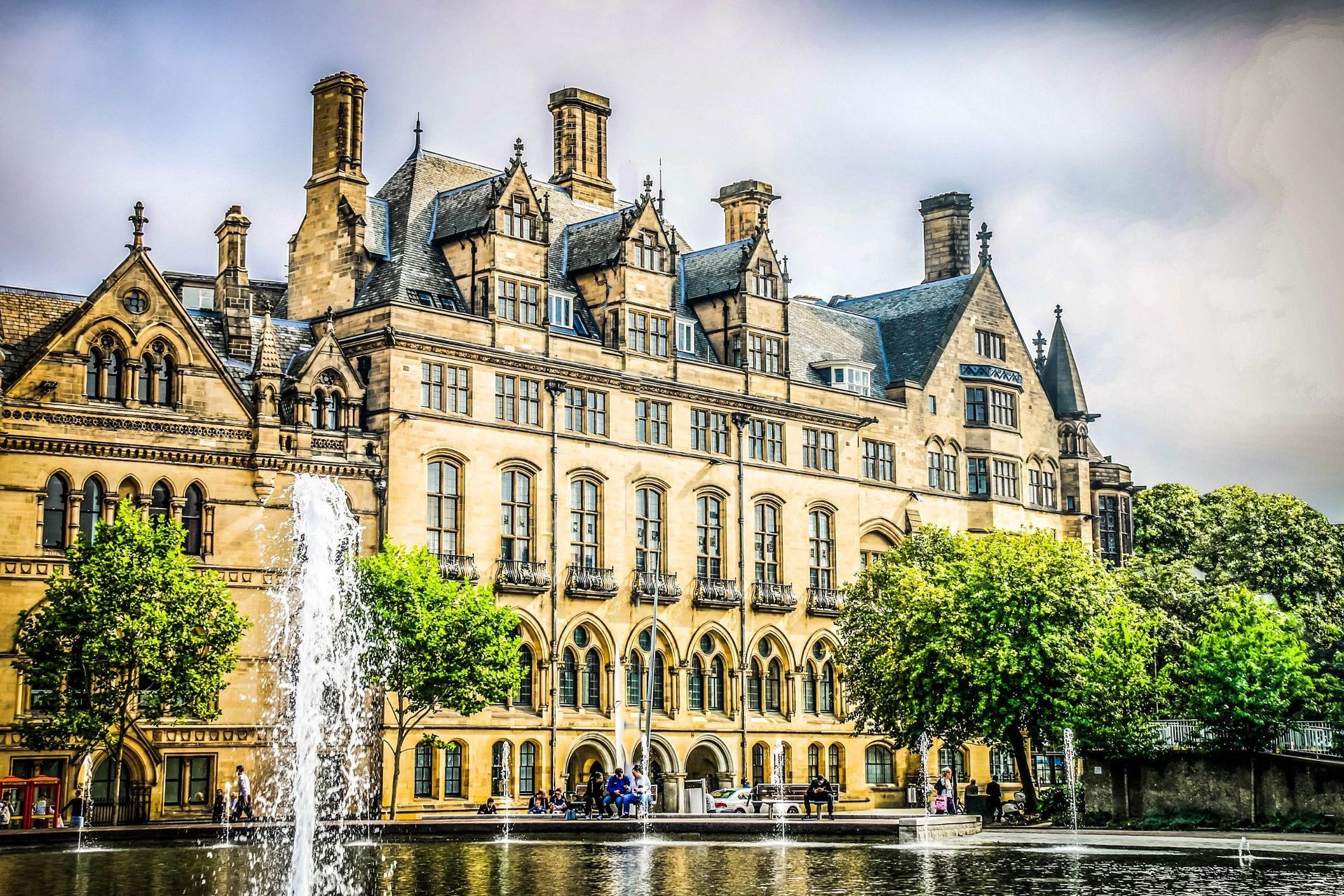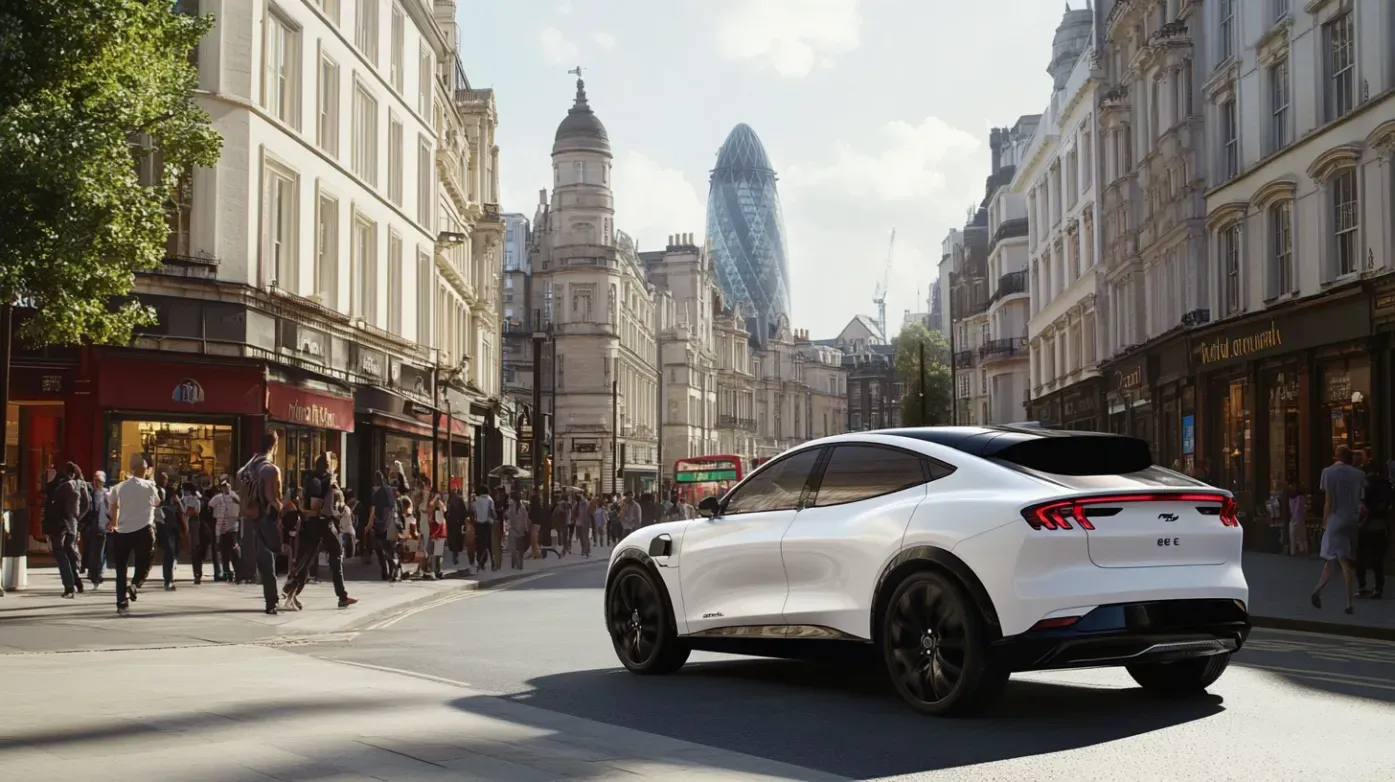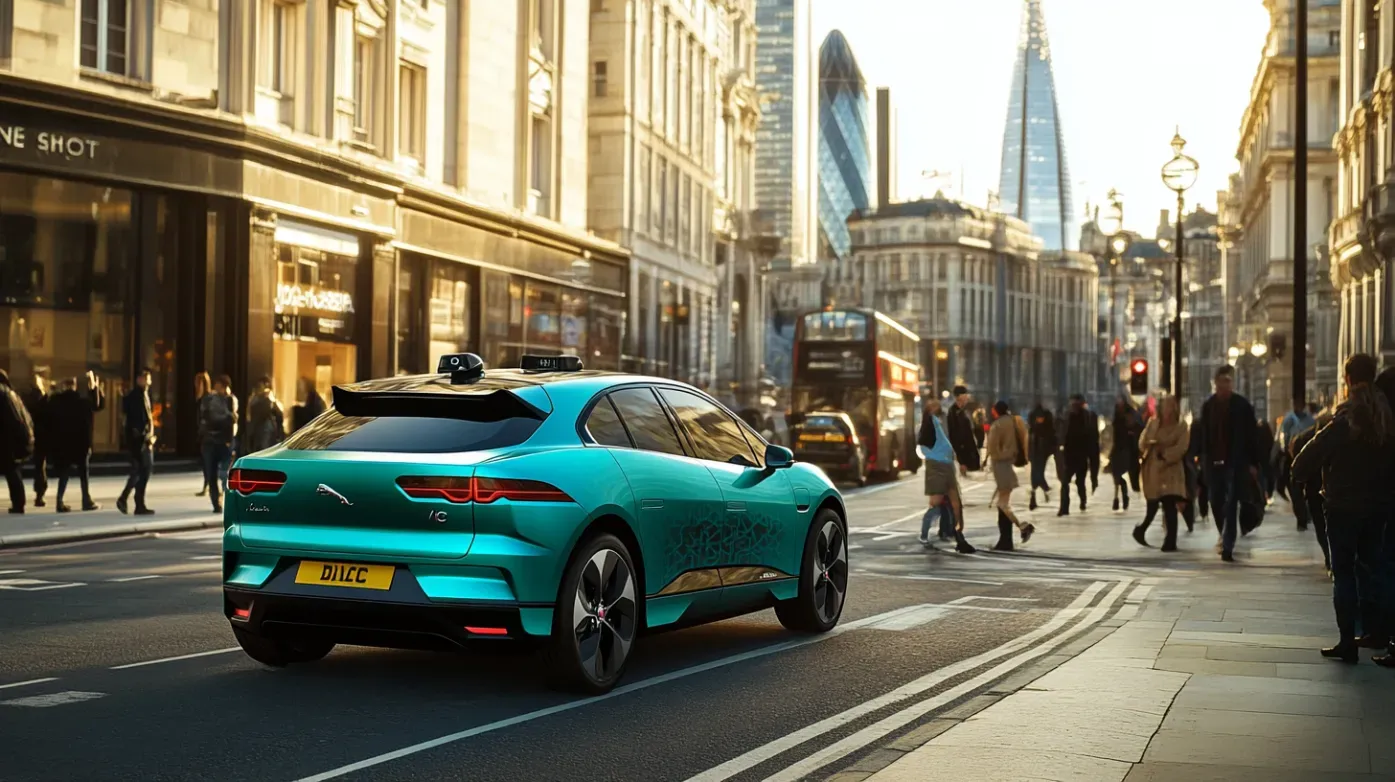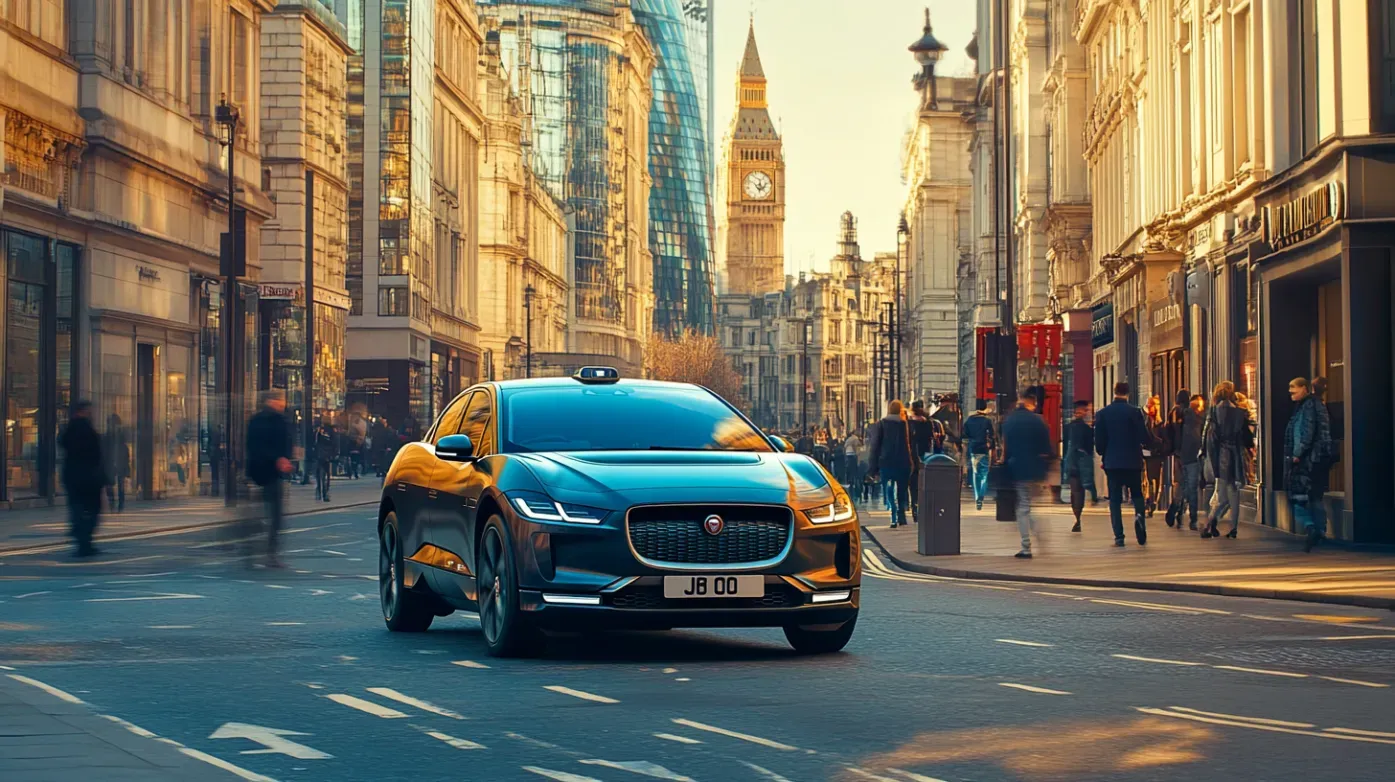Clean Air Cash Incentives for Taxi Drivers Transitioning to New Vehicles in Bradford's CAZ

The Clean Air Zone (CAZ) in Bradford has successfully raised over £4 million, designated to support local taxi drivers in their shift towards electric vehicles.
Licensed operators in Bradford are now eligible to apply for grants, with amounts reaching up to £10,000, facilitating the purchase or leasing of fully electric cabs. The CAZ, initiated in September 2022, accumulated almost £4.5 million in charges and fines within its inaugural six months of operation. Grant allocation will be on a first-come, first-served basis, as underscored by the Bradford Council.
Councillor Sarah Ferriby, Executive Member for Healthy People and Places at Bradford Council, remarked, “We recognize the taxi trade's inclination towards adopting fully electric vehicles. This grant is the most significant of its kind in the UK.” A recent survey conducted within the Bradford district's taxi trade revealed that over two-thirds (67.6%) of respondents were contemplating the utilization of fully electric Hackney Carriages or private hire vehicles.
Despite this positive trend, a taxi drivers' group in Bradford expressed reservations. Mohammed Fiaz Suleman, Chair of Bradford Hackney Carriage Taxi Trade Association, voiced concerns, stating, “The absence of charging points on the ranks will impede this initiative.” Mr. Suleman declared his decision not to apply for the grant.
The clean air charge predominantly impacts taxis, lorries, and vans failing to meet emission standards, with exemptions for private car and motorbike drivers. Commercial vehicles entering the area incur daily fees ranging from £7 to £50, and defaulters are subject to a £120 fine in addition to the initial fee.
The implementation of the CAZ has prompted some business owners to highlight issues such as customer confusion and elevated pricing as consequential impacts of the initiative.
You might also like





